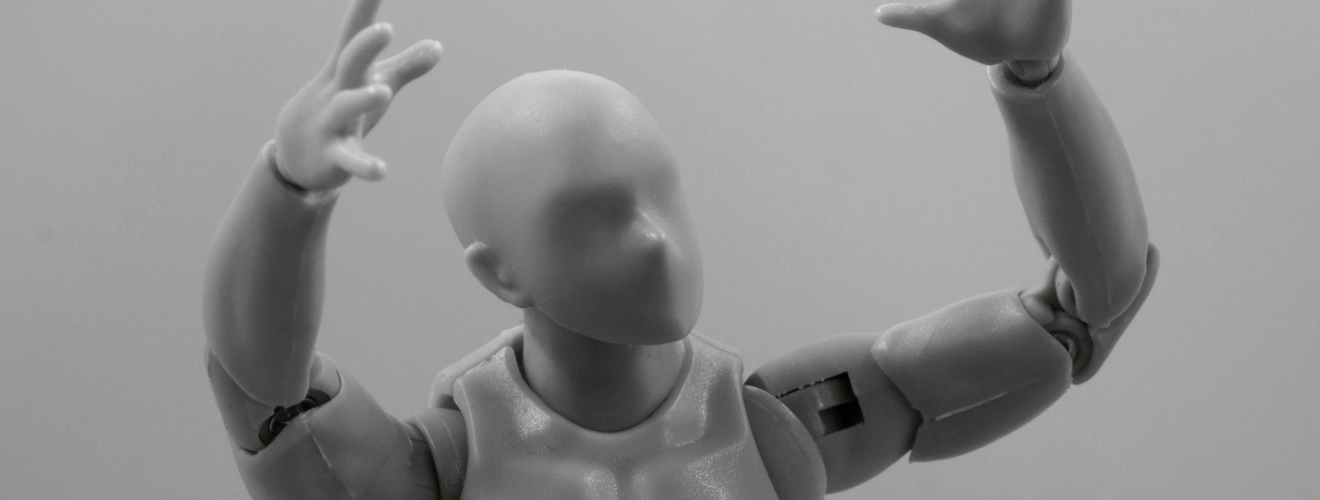Automation
Meet Your New Coworker: How Humanoid Robots Are Taking Over Industrial Workspaces

Remember when humanoid robots were just cool ideas in sci-fi movies? Well, they’re here now—strapping on tool belts and rolling up their synthetic sleeves. From factory floors to warehouses, these two-legged tech wonders are becoming the latest hires in industries desperate for efficiency and resilience. Let’s explore how humanoid robots in industrial workspaces are not just a futuristic fantasy anymore—they’re our working reality.
From Concept to Concrete Floors
What was once the stuff of robotics labs is now showing up in real-life work environments. Thanks to advancements in mobility, balance, and machine learning, companies like Tesla and Boston Dynamics are creating robots that can walk, lift, and maneuver like humans. They’re being deployed in areas where repetitive labor, hazardous tasks, and high turnover are everyday problems.
Solving the Labor Crunch
Let’s face it—labor shortages aren’t going away anytime soon. With aging workforces and fewer people lining up for physically demanding jobs, businesses are turning to robotic help. Humanoid robots can fill in the gaps, operating tirelessly around the clock and reducing the strain on human teams. They’re not replacing people entirely—they’re just stepping in where there’s a real need.
Precision and Productivity Boosts
Imagine a robot that doesn’t just follow pre-set instructions but can learn, adapt, and navigate complex environments. That’s the kind of productivity these bots are bringing to the table. Whether it’s picking heavy items off conveyor belts or assisting in high-risk environments, their ability to mimic human motion makes them ideal for tasks where traditional automation falls short.
Who’s Leading the Charge?
Big tech and robotics firms are racing to dominate this space. Tesla is developing the Optimus bot, while Boston Dynamics continues to refine its Atlas model. Agility Robotics is also pushing boundaries with its Digit robot. These machines aren’t just performing—they’re evolving, thanks to AI systems that help them learn from their surroundings and improve over time.
What This Means for the Future of Work
While some fear that robots will steal jobs, the conversation is more nuanced. In reality, these bots can take over the dull, dirty, and dangerous jobs—freeing up humans for more creative, strategic roles. Think of it less as job theft and more as a workplace upgrade. Companies that embrace this shift early are likely to see long-term gains in efficiency and safety.
Final Thought
Humanoid robots are no longer a distant dream—they’re walking into the workforce right now. While the transition won’t be without its hiccups, one thing is clear: automation just got a whole lot more human. And if you’re in manufacturing, logistics, or heavy industry, it might be time to make room on the team for your new robotic coworker.
Tags:
Automation TrendsFuture of AutomationIndustrial AutomationRobotic Process Automation (RPA)Author - Aishwarya Wagle
Aishwarya is an avid literature enthusiast and a content writer. She thrives on creating value for writing and is passionate about helping her organization grow creatively.